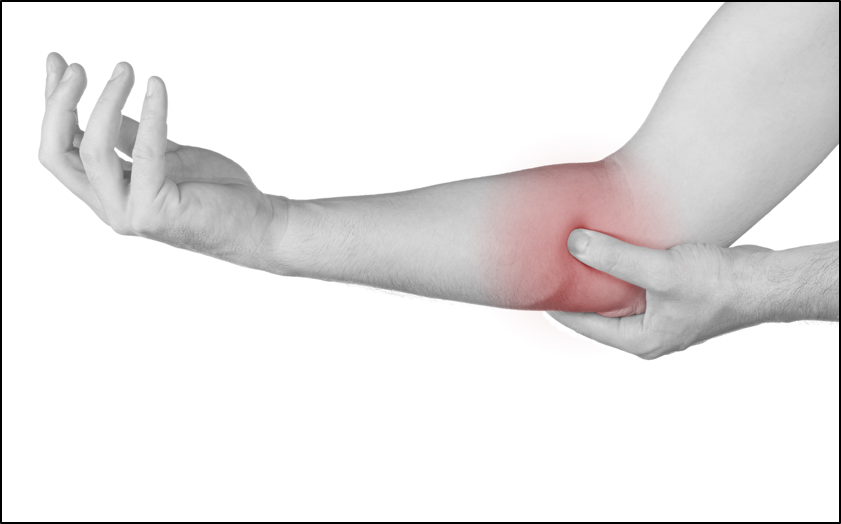What is Golfer's Elbow?
Golfer's elbow, medically known as medial epicondylitis, is a condition that affects the tendons on the inner side of the elbow, where the tendons attach to the medial epicondyle, the bony prominence on the inner side of the elbow. Unlike tennis elbow, which affects the outer side, golfer's elbow impacts the inner side. Despite its name, anyone performing repetitive motions that strain the forearm muscles and tendons can develop this condition.

Causes:
Golfer's elbow occurs due to repetitive stress on the tendons attached to the medial epicondyle. Individuals involved in sports like golf, baseball, or even daily activities that require repetitive motions, such as typing or using tools, can be affected.
Symptoms:
Pain and tenderness on the inner side of the elbow.
Weak grip strength.
Pain that worsens with activities such as gripping or throwing objects.
Stiffness or tightness in the elbow.

Diagnosis:
Golfer's elbow is usually diagnosed through a physical examination focusing on the symptoms and areas of pain around the elbow. Imaging tests like X-rays or MRIs may be used if necessary to rule out other issues.
Treatment:
Rest and activity modification: Rest the arm and avoid activities that cause repetitive strain on the elbow.
Physical therapy: Helps strengthen the muscles around the elbow and improve flexibility.
Medications: Pain relievers and anti-inflammatory drugs can be used to ease symptoms.
Ice and compression: Applying ice to the affected area can reduce inflammation.
Braces: A brace or strap may help relieve pressure on the tendons.
Operative Management of Golfer's Elbow:
If non-surgical treatments fail to relieve pain or restore elbow function after 6 to 12 months, surgery may be considered. Surgery involves removing damaged tissue or repairing the affected tendon.
Open surgery: A small incision is made over the affected area to access the damaged tendons, and the surgeon will remove or repair the damaged tissue.
Post-Surgical Recovery:
Physical therapy: It is crucial for recovery, helping to regain strength and flexibility in the elbow.
Recovery time: Full recovery typically takes between 3 to 6 months.
Return to activity: Most patients can return to daily and sports activities after recovery, though it's essential to avoid repetitive strain to prevent re-injury.
When to Consider Surgery?
If you have tried non-surgical treatments like rest, physical therapy, and medications for over a year without success, surgery might be an option. Consulting Dr. Fahad to help determine if surgery is the right choice for you.


